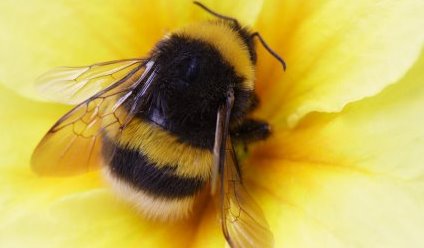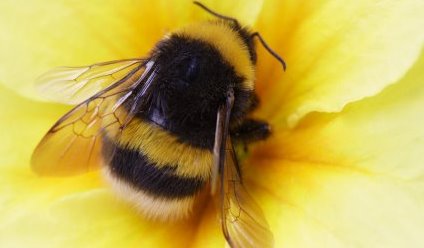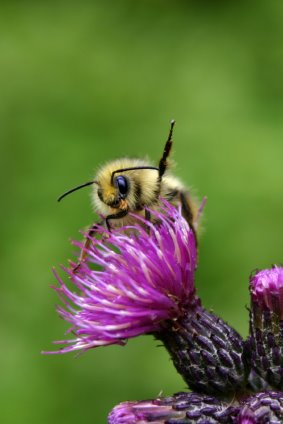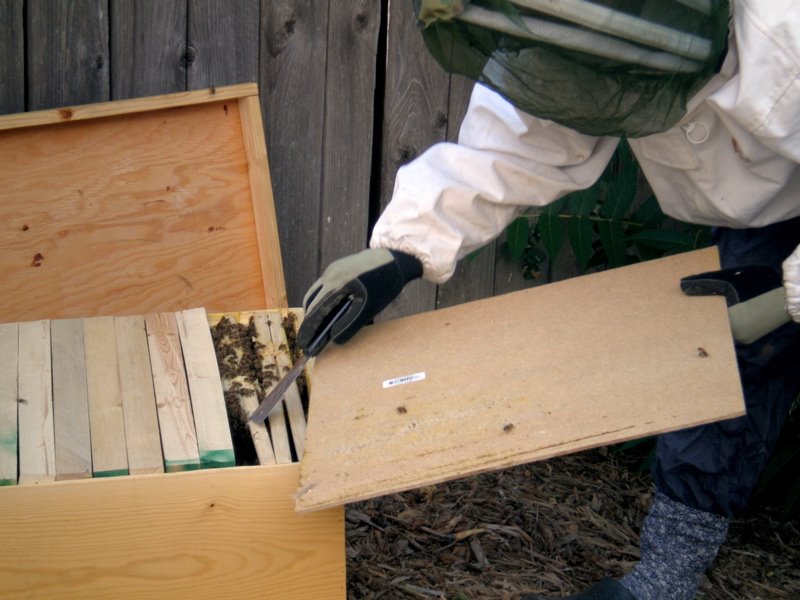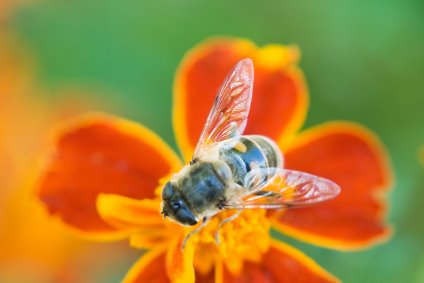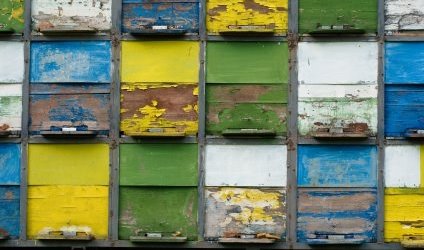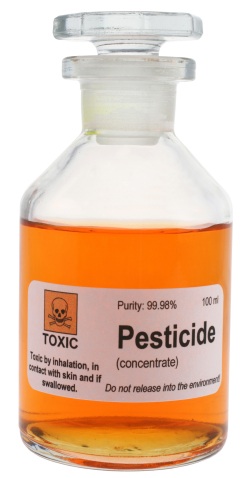Bee hives at the White House!
According to Bee Culture, a beekeeping magazine, and an article in the KansasCity.com, Michelle Obama has recently announced that not only will there be an organic garden at the White House, there will also be two bee hives! Apparently the bee hives belong to a White House employee who lives nearby and will tend the hives. The crops and will be used by the White House kitchen staff for the family and for official functions, while some will be donated to Miriam's Kitchen, a soup kitchen near the White House. Some of the produce will include lettuces, fennel, rhubarb, cucumbers, sweet and hot peppers, as well as berries and some herbs.The 1,100 square foot garden will be the first of its kind since Eleanor Roosevelt planted a victory garden during World War II. Mrs....
read more
